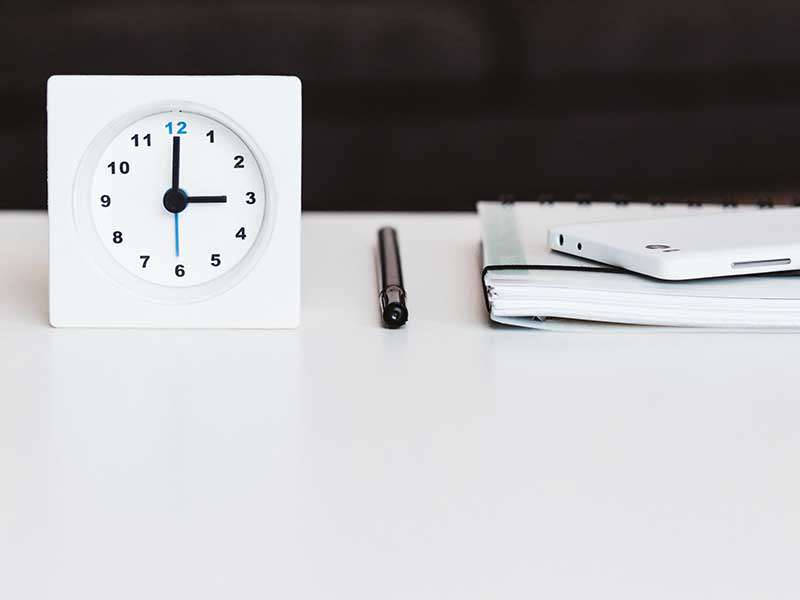This Order of the Administration of the State Service of Special Communications and Information Protection of Ukraine No. 839 dated 12.24.2020 on amendments to the List of National Standards, compliance with which provides a presumption of conformity of radio equipment with essential requirements of Technical regulations for radio equipment approved by Resolution of the Cabinet of Ministers of Ukraine No. 355 dated May 24, 2017 , amends Order of the Administration of the State Service of Special Communications and Information Protection of Ukraine No. 197 dated March 28, 2018.
Simply put, all equipment that contains elements for broadband data transmission, including Bluetooth (WPAN based on IEEE 802.15.1 standards), WLAN (Wi-Fi based on IEEE 802.11 standards), ZigBee (WPAN based on IEEE 802.15.4 standards) and related technologies that have passed tests according to the State Standard of Ukraine ETSI EN 300 328: 2017 must be supplemented with tests according to the ETSI EN 300328 v2.2.2: 2019 standard.
The transition period for EN 300 328 v2.2.2 standard began on August 6, 2020 and lasts one year.
Thus, in Ukraine, the date of termination of the provision of presumptions of conformity with the State Standard of Ukraine ETSI EN 300 328: 2017 as a result of the application of the replaced harmonized European standard is August 6, 2021.
The most important change in v2.2.2 is blocking of a receiver or a transmitter, which has implications for testing to be done on end products. There are also special updates to clarify terminology for broadband equipment and data communications equipment.
Spurious emission limit for a receiver or a transmitter in the range from 470 MHz to 1 GHz has been changed. The previous bands 470 MHz - 862 MHz and 862 MHz - 1 GHz have been changed to 470 MHz - 694 MHz and 694 MHz - 1 GHz with corresponding limits of -54 dBm and -36 dBm.
By definition, blocking of a receiver or a transmitter is "a measure of the ability of equipment (under testing) to receive a wanted signal on its operating channel without exceeding the specified degradation in the presence of an unwanted signal (blocking signal) at frequencies other than the operating range."
According to the standard, the minimum criterion for equipment performance will be packet error rate or frame error rate (PER / FER) ≤10%. The manufacturer may also declare alternative performance criteria if they are appropriate for the intended use of the equipment.
This change effectively increases the required blocking signal levels to -34 dBm and also adjusts the power requirements. Low-noise signals are referred to as low-range channels, while high-noise signals are referred to as high-noise channels. When making measurements, the in-band gain of the antenna must be taken into account.
The latest version of EN 300328 v2.2.2 standard was released in July 2019.
From August 6, 2021, the transition to the new requirements v2.2.2 will be completed, and v2.1.1 will no longer be effective for presumption of conformity with the Radio Equipment Directive (RED).
Important: This change will require all devices to be retested for v2.2.2 compliance after August 6, 2021.
This is the full text of the document, but the link to the document available only in Ukrainian is below.
- Order of the Administration of the State Service of Special Communications and Information Protection of Ukraine No. 839 dated December 24, 2020 on amendments to the List of National Standards
- Annex to Order of the Administration of the State Service of Special Communications and Information Protection of Ukraine No. 839 dated December 24, 2020










